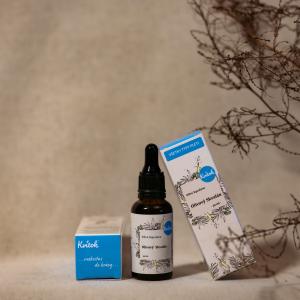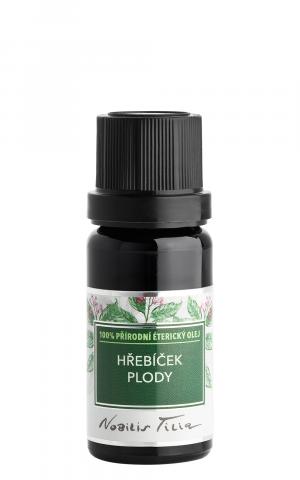Chinese yam (Dioscorea batata)
Other names: Light root, Chinese potato
Harm score: 1 (Natural substances)
Yam Chinese or Light Root or Chinese potato is a valuable plant cultivated mainly in Asia, especially in China, Korea and Japan. Its botanical name is Dioscorea batata and it is a climbing plant. It reaches a height of up to 5 metres and is known for its tubers, which are long, cylindrical and yellow-white, sometimes pink in colour. This edible plant has unique properties that make it considered a superfood - a nutritionally rich food with many health benefits.
Chinese yam is mainly used in gastronomy. It is a prime raw material for the preparation of various dishes, prepared in a similar way to potatoes - boiled, baked, fried or grilled. It can also be eaten raw. It is very popular in the kitchen because of its neutral taste and firm texture. It is also used to make starch, which is an important ingredient in baking, confectionery and noodle making. Its tubers are also used as a home remedy for diarrhea, diabetes and to boost the immune system. Besides its gastronomic uses, yam is also used in cosmetics. An extract is obtained from the tubers, which is further added to creams, masks and other cosmetic products because of its excellent moisturizing and nourishing properties. In traditional Chinese medicine, yam is used to treat a wide range of ailments, including asthma, coughs, bronchitis, arthritis, menopausal problems, kidney disease and also as a tonic for the heart.
You won't find this substance in our products. Try the natural, chemical-free products in our range.

Olive Squalane 30ml
Product detail
Clove fruit 10ml
Product detail